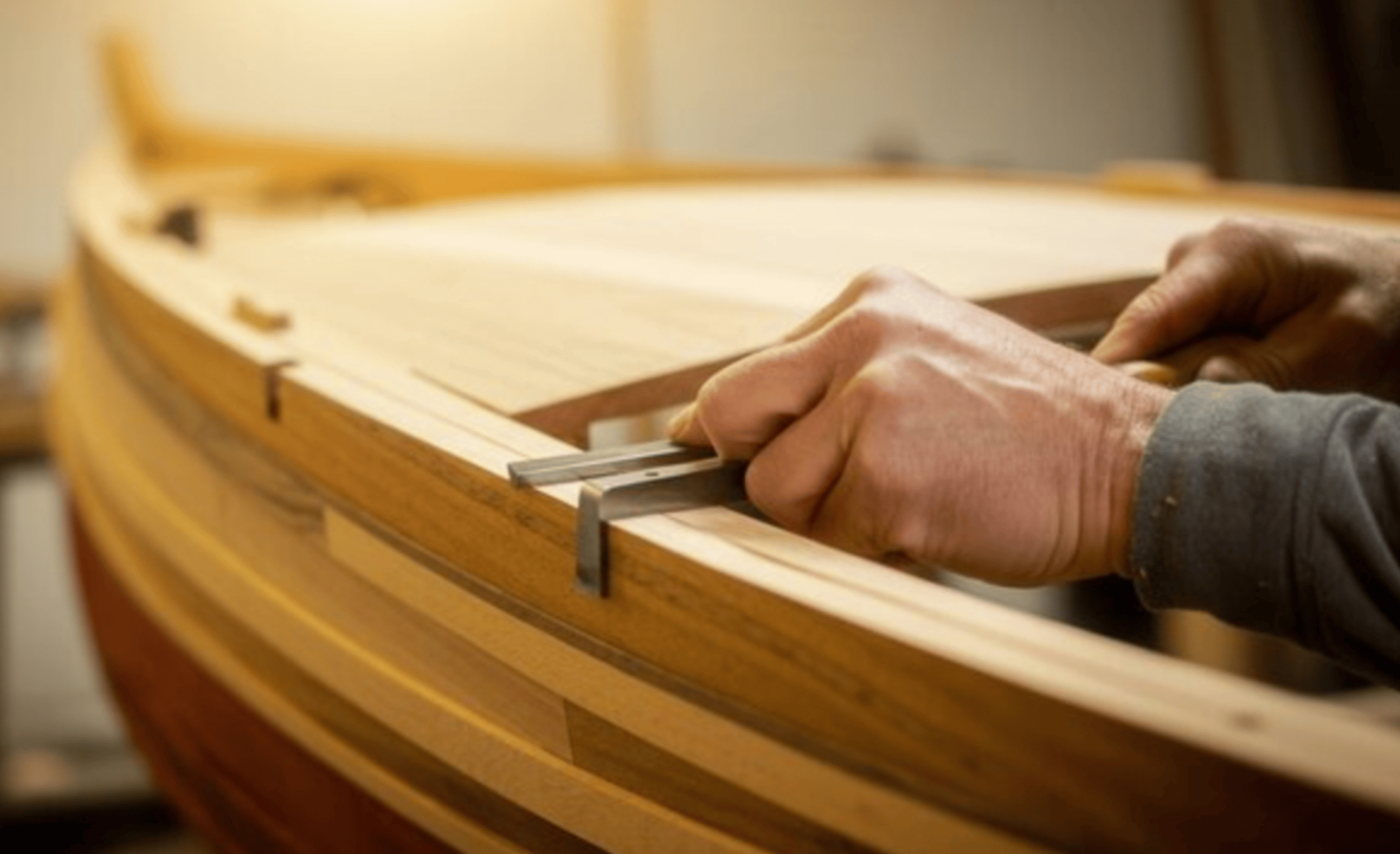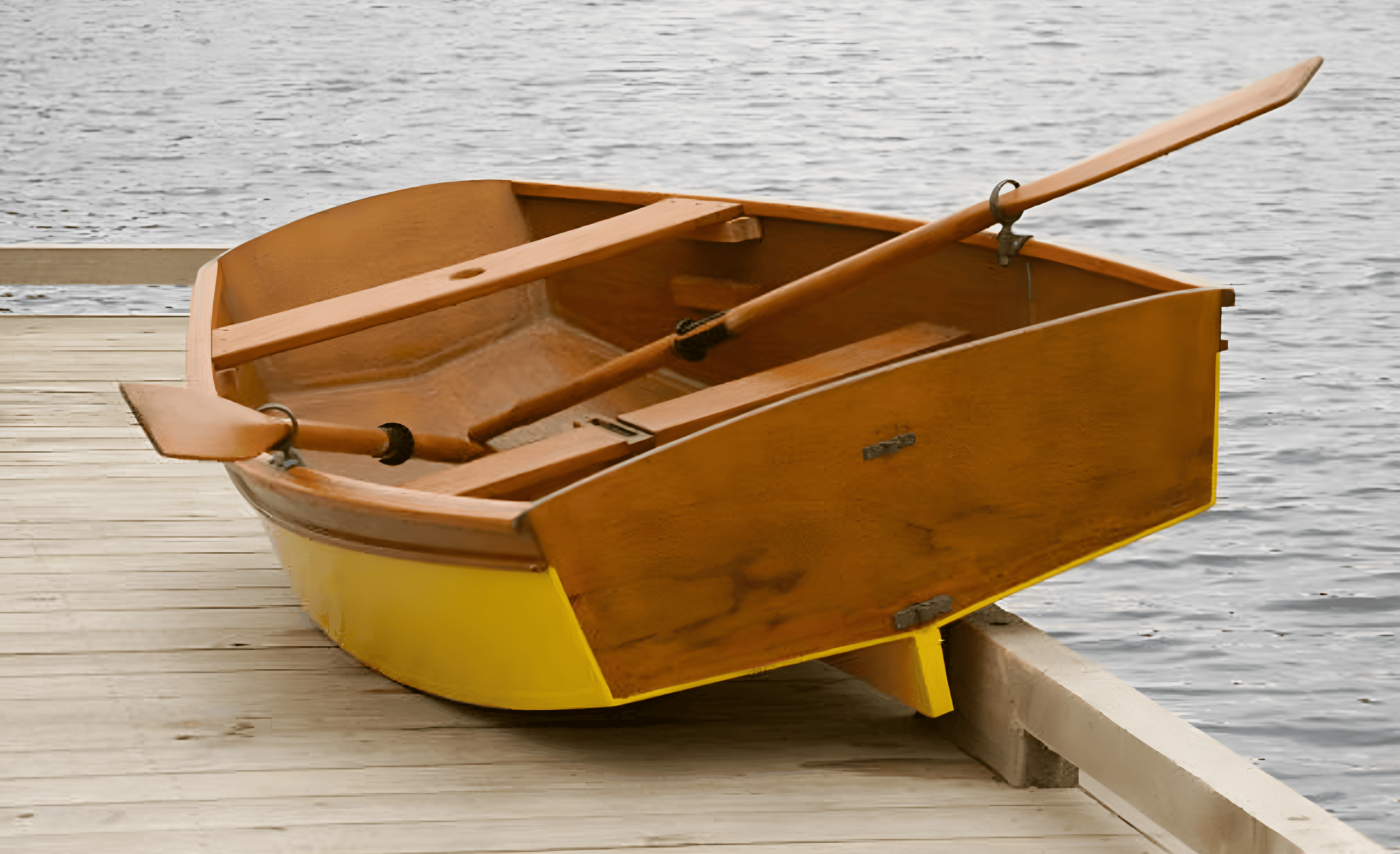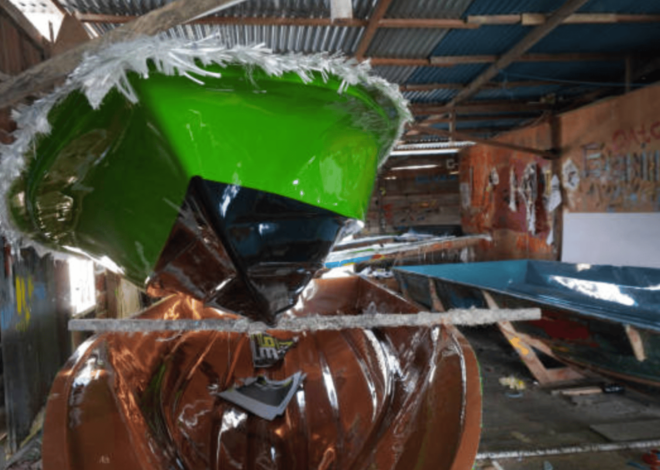
How To Build A Small Boat
Welcome to our step-by-step guide on how to build a small boat. Building a small boat is not just a project; it’s an adventure. Whether you dream of gliding across tranquil waters or simply want to create something with your own hands, constructing a small boat can be incredibly rewarding.
The satisfaction of seeing your creation float is unmatched. Imagine the thrill of designing and crafting something that can take you on countless journeys. From weekend fishing trips to serene paddle outings, your very own small boat opens up endless possibilities for exploration and fun.
Plus, the skills you’ll gain throughout the process are invaluable. If you’re ready to embark on this exciting journey, gather your tools and let’s dive into how to build a small boat from scratch!
Choosing the Right Type of Boat
Selecting the right type of small boat is crucial to your project’s success. Different styles serve various purposes, so think about how you intend to use it. If fishing is on your agenda, consider a flat-bottomed skiff for shallow waters. For leisurely outings, a canoe or kayak might be perfect.
Both are lightweight and easy to maneuver. Sailboats offer an exciting option for those interested in harnessing the wind’s power for travel. There are also rowboats that provide classic charm and simplicity. Take into account factors like storage space and transportability as well.
Some boats may need trailers while others can fit on top of your vehicle. Pick a design that not only fits your needs but also inspires you to get started with construction. The right choice will make the building process more enjoyable and fulfilling.
Materials Needed for Building a Small Boat
Building a small boat requires specific materials to ensure durability and functionality. Start with the hull, typically made from plywood or marine-grade fiberglass for strength and resistance to water damage. You’ll also need timber for framing, which can include softwoods like pine or fir.
These are lightweight yet sturdy options that contribute to your boat’s structure. For sealing gaps and waterproofing, epoxy resin is essential. It bonds well with wood while providing an extra layer of protection against moisture. Don’t forget fasteners such as screws and nails; stainless steel options resist rust in wet environments.
Additionally, choose paint or varnish designed for marine use to finish your vessel beautifully while safeguarding it from the elements. Consider acquiring hardware like cleats and hinges for added functionality in your boat design. Each material plays a crucial role in building a reliable vessel ready for adventure on the water.
Step-by-Step Guide to Building a Small Boat:
Building your small boat is an exciting adventure. Follow these steps to create a vessel that suits your needs.
Step 1: Setting Up a Workspace
The first step to building a small boat is creating an ideal workspace. Choose a location that offers ample room for movement and storage. A garage, shed, or even your backyard can work well.
Make sure the area is clean and organized. Clear out any clutter that might interfere with your project. This will help you focus on the task at hand without distractions.
Good lighting is essential. Natural light works best, but if that’s not available, invest in adequate artificial lighting to ensure visibility during all stages of construction.
Gather essential tools and materials nearby to streamline your workflow. Having everything within arm’s reach saves time and effort as you progress through each phase of building.
Consider ventilation too; working with certain materials can create fumes or dust that needs proper airflow for safety reasons.
Step 2: Building the Hull
Building the hull is a crucial step in crafting your small boat. This structure provides strength and shape, ensuring stability on the water.
Begin by selecting your chosen design—whether it’s flat-bottomed for calm lakes or V-shaped for choppy seas. Each has its own construction method, so be mindful of which suits your needs best.
Cut out the frames from plywood or marine-grade materials. Assemble these to create the skeleton of your hull. Secure them with screws or wood glue for a solid base.
Next, attach plank strips along the edges to form the outer shell. Pay attention to curves; they enhance both aesthetics and performance.
Seal any gaps using caulk to ensure watertight integrity. Sand down rough edges carefully before proceeding, as this will improve both safety and appearance when finished.
Step 3: Constructing the Deck and Interior
Constructing the deck and interior of your small boat is where your vision truly starts to take shape. It’s an exciting phase that transforms a simple hull into a functional vessel.
Begin by measuring and cutting plywood or marine-grade materials for the deck. Ensure it fits snugly over the hull, allowing for any hatches or storage compartments you plan to include. Secure everything with waterproof adhesive and screws designed for marine use.
Next, consider adding seating or tables inside. This not only enhances comfort but also maximizes space efficiency. Use lightweight materials to keep the boat balanced while providing durability.
Don’t forget about aesthetics! A fresh coat of paint or varnish can protect surfaces while giving them character. Adding non-slip textures will ensure safety when moving around on deck.
Take your time during this step; careful planning now pays off later in functionality and enjoyment on the water.
Step 4: Adding Finishing Touches
With the hull and deck completed, it’s time to focus on the details that elevate your small boat. Start by sanding all surfaces to achieve a smooth finish. This step is crucial as it prepares the wood for painting or varnishing.
Choose high-quality marine paint or sealant. These products are designed to withstand water exposure and harsh elements. Applying them not only enhances durability but also gives your boat a polished look.
Consider adding hardware like cleats, handles, or even an anchor system. These additions make your vessel more functional and user-friendly.
Don’t forget about aesthetics! Personalize with colors that reflect your style—perhaps something bright and cheerful or classic nautical tones.
Inspect every inch of work done so far. Ensure everything is secure before taking her out for her first sail. Attention to these finishing touches can truly transform your creation into a masterpiece on water!
Launching your Boat and Safety Precautions
The moment you’ve been waiting for has arrived: it’s time to launch your boat! Choose a calm day with little wind. A serene environment makes the process smoother. Make sure your boat is balanced and secured as you approach the water. A trailer can help, especially if you’re launching from a ramp.
Have friends or family on standby to assist; teamwork eases any potential hiccups. Safety precautions are essential during this exciting phase. Always wear life jackets when near water, even if you’re just launching or loading up gear. Check that all safety equipment—like flares and first aid kits—is onboard before setting out.
Inspect your surroundings for hazards like strong currents or shallow areas. Being aware of local regulations will keep everyone safe while ensuring an enjoyable experience on the water. Remember: a successful launch sets the tone for countless adventures ahead!
Tips and Tricks for Building a Sturdy and Functional Small Boat
When it comes to building a small boat, attention to detail makes all the difference. Start by choosing quality materials that will withstand the test of time and water conditions. Marine-grade plywood or fiberglass are excellent options.
Take your time with measurements. A small error can lead to big issues down the line. Use precise tools like calipers and levels for accuracy throughout each step. Don’t skimp on reinforcements. Adding extra bracing in key areas enhances strength without adding much weight.
Consider weight distribution as you build; balance is crucial for stability on the water. Be patient with drying times for adhesives and paints; rushing these processes could compromise your hard work!
Troubleshooting Common Issues
Building a small boat can be an exciting adventure, but it often comes with challenges. One common issue is leaks in the hull. To tackle this, inspect seams and joints carefully. Applying sealant to any cracks will help ensure your boat stays buoyant.
Another frequent problem involves weight distribution. If the boat lists to one side, check that all components are evenly placed. Adjusting gear or redistributing weight can solve this quickly. Sometimes, poor performance on water may stem from incorrect shaping of the hull.
Take time to review your design and make adjustments if needed for better hydrodynamics. Watch out for structural weaknesses in joints and connections. Reinforce these areas with additional supports or epoxy resin where necessary to enhance stability and safety while cruising through the waves.
Safety Measures to Consider
Building a small boat is an exciting project, but safety should always come first. Before you start, ensure you’re using protective gear like gloves and goggles. These will help shield you from sharp tools and hazardous materials.
Proper ventilation in your workspace is crucial. Many building materials emit fumes that can be harmful if inhaled over time. Open windows or use fans to keep the air fresh. During construction, secure all items properly to prevent accidents. A clutter-free workspace minimizes hazards significantly.
Once your boat is complete, check for any sharp edges or protruding nails that could cause injury. Sand down rough areas to create a smooth surface. Familiarize yourself with basic boating safety guidelines before taking it on the water. Knowing how to handle potential emergencies ensures a safer experience for everyone involved.
Conclusion: The Joy of Building your Own Boat
Building your own small boat is an incredibly rewarding experience. It combines creativity, craftsmanship, and a love for the water. As you work through each step—from setting up your workspace to launching your finished product—you not only learn valuable skills but also gain a sense of accomplishment.
Every cut and joint becomes part of a unique story that reflects your personality and vision. Whether you’re crafting it for leisure or as an adventure vessel, the pride you feel when gliding across the water in something you’ve built yourself is unmatched.
Moreover, this journey fosters patience and perseverance. You’ll encounter challenges along the way, but overcoming them adds to the joy of creation. The relationships formed with fellow builders or enthusiasts can enhance this adventure too.
As you take those first few strokes on open water, remember that it’s not just about getting from point A to B; it’s about embracing every moment spent building memories—both in construction and on the waves ahead.



